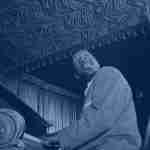In the recent article Hearing in Color, we discussed how to develop the technique of hearing individual chord tones in the context of triads and 7th chords. Just as the individual chord tones in a chord have identifiable colors, the chords themselves have distinct sonorities that set them apart from one another.
The key to mastering these chords is to build upon information that we already have or pieces that are manageable. Instead of trying to tackle complex chords right off the bat in your ear training practice, it’s much more efficient and beneficial to start with the building blocks of any chord – the triad.
As jazz harmony has progressed, simple harmonies have evolved into some pretty complex sounds. This was accomplished by adding 7ths, b9ths, #9ths, 11ths, etc. to basic triads. At the heart of any chord lies a triad. Chords like V7#5, minor-Major 7, and Major 7#5 sound complex and look hard to figure out, but when you take away the upper chord tones, you’re left with just a triad. The trick to hearing and improvising over these chords lies in developing the ability to aurally identify the four basic triads.
The four basic triads
There are only four triads: Major, Minor, Augmented, and Diminished.
These four triad types are the basis for nearly every chord you’ll encounter. If you can immediately identify these four triads, once you add 7ths, 9ths, 11ths, and 13ths to the triad, it will be significantly easier to navigate these sounds. To become familiar with each of these triads, go to the piano and play the triad. Repeat each triad until you can easily hear the color of each. First sing each chord tone and then aim to hear the triad as one cohesive unit. This way, you’ll be able to identify each of these sounds instantly.
Major
One of the most familiar triads, a major triad should be immediately recognizable.
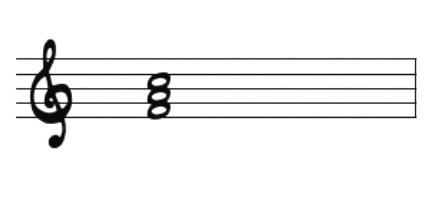
Minor
Again, just like a major triad, a minor triad should be very familiar.
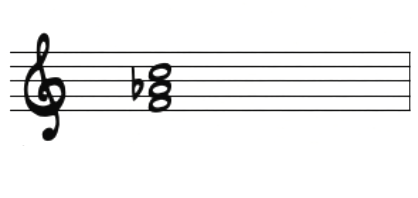
Augmented
Here is where things get a little tricky. Most of us are more unfamiliar with augmented and diminished triads because we don’t hear them as often, so telling the difference between the two and becoming comfortable with these sounds takes some practice. Working on hearing the color of the individual chord tones is an essential first step in this process.
In an augmented triad, listen for the major third and sharp fifth:
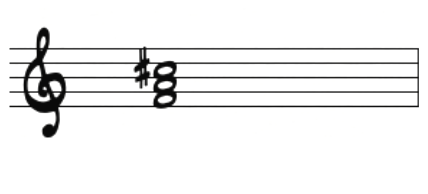
Diminished
In a diminished triad, listen for a stack of the minor 3rds:

Play and sing both of these triads over and over again until you can easily sing each chord tone, as well as hear the distinct color of each triad.
The basic triads in 7th chords
Once you have the sound of the triads ingrained aurally, meaning you can confidently identify the triad type and sing each chord tone, it’s time to move onto seventh chords. As I mentioned earlier, these four basic triads are the foundation on which the majority of the chords that we know are built. Below are examples of 7th chords that use the four basic triad types.
Listen for the basic triads inside of the sound of each of the 7th chords. To stress once again, it’s important to play these triads and seventh chords at the piano to truly hear the unique color of each chord.
7th chords built on a Major triad
Because the major triad is the most familiar triad, it’s no surprise that seventh chords built upon this triad are the most common chords in music. Both the major 7th chord and the V7 chord are found in every standard out there with little exception.
Major 7th
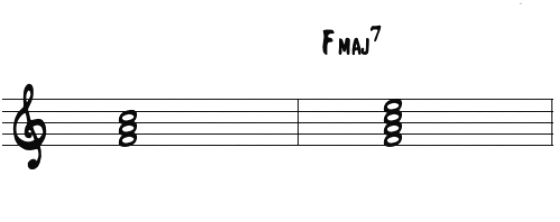
V7
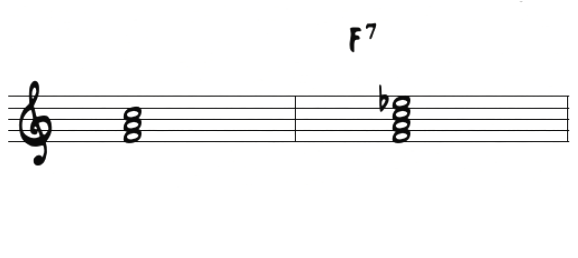
7th chords built on a minor triad
Minor triads, like major triads, are prominent throughout the majority of standards, in-turn, seventh chords built on a minor triads are some of the more recognizable.
Minor 7th
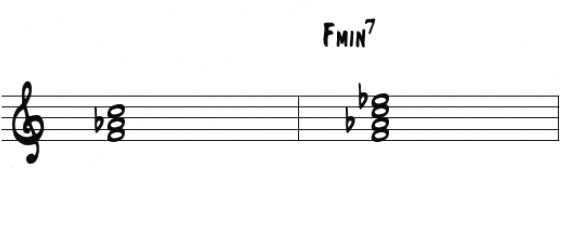
Minor-major 7th
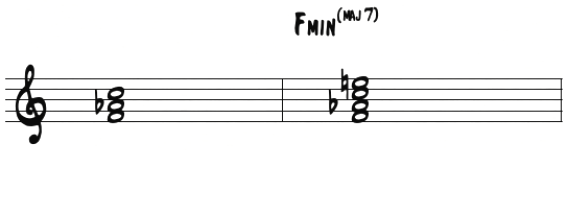
7th chords built on an augmented triad
The seventh chords that are based on augmented triads are slightly more difficult to hear because we’re less familiar with them.
Major 7 #5
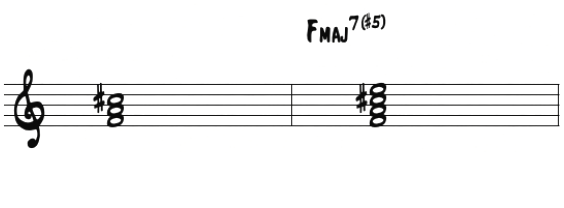
V7#5

7th chords built on a diminished triad
Diminished seventh chords are more common than augmented seventh chords, especially the half-diminished chord found in minor ii-V7s. The hard part is telling the subtle difference between a half-diminished 7th chord and a fully diminished 7th chord.
Minor 7b5 (half-diminished)
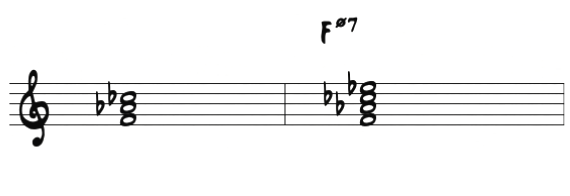
Fully diminished 7
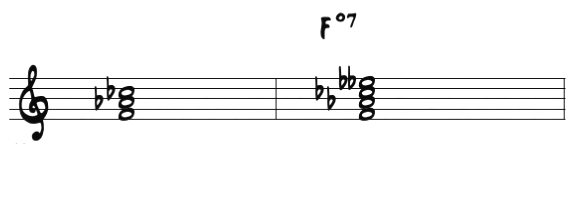
It all begins with the triad
Even though these exercises look simple at first glance, there is enough information here to spend hours in the practice room. With a few minutes a day, this triad ear training can dramatically improve your ears. As the above examples illustrate, the four basic triads provide the means to hear any chord.
Spend way more time than you think you need on these four triads. Know them inside and out, so you could easily identify any of them if your life depended on it. These sounds provide the foundation to hearing all the related seventh chords outlined throughout this article. When you add this triad knowledge to your ear, chords that once seemed impossible to hear or figure out will become second nature.








